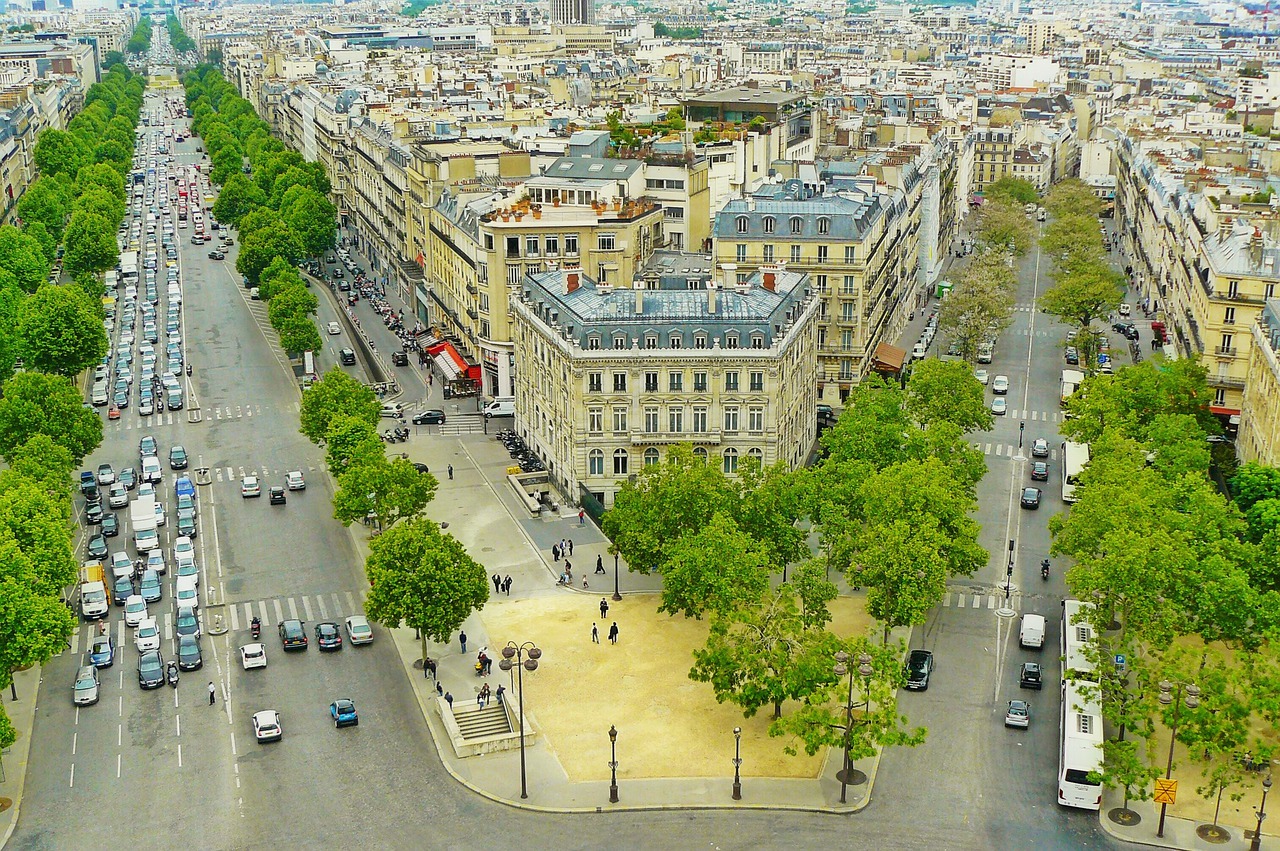
Pre-reading questions:
I will read each question. Then, please answer them.
- What do you do to keep your body healthy?
- What do you think your city prioritizes?
Vocabulary:
I will read the words, meanings, and sample sentences. Then, repeat after me.
- majority /muh-JAWR-i-tee/
- lane /leyn/
- entirely /en-TAHYUHR-lee/
- construct /kuhn-STRUHKT/
- additional /uh-DISH-uh-nl/
[noun] – the larger number or part of something
The majority of Chinese people have bicycles.
[noun] – a narrow road in the countryside or in a town
Use the outside lane for overtaking only.
[adverb] – completely
They communicated entirely by gestures.
[verb] – to build something or put together different parts to form something whole
The engineers are here to talk about how to construct a new bridge.
[adjective] – extra
Emergency services are facing additional problems this winter.
Article reading:
Please read the whole article. Then, I will check your pronunciation and intonation.
Paris is implementing pedestrian-friendly programs and encouraging the growth of car-free spaces as a result of the protracted lockdowns and safety concerns linked with COVID-19.
When the initial COVID wave rendered indoor gatherings in the majority of countries impossible, a number of cities quickly recreated what life would be like outside. Some built pedestrian-only streets, turned parking spaces into pop-up restaurants, and added more bike lanes to turn previously car-heavy neighborhoods into hotspots for walking and cycling. Before the pandemic, Paris had already started to become more pedestrian-friendly. Late in 2016, the lower quays along the Seine river became entirely pedestrianized. The modification became permanent in 2018. This was carried out as a component of a citywide effort to decrease the number of cars. More bike lanes have been constructed in order to reduce the amount of traffic caused by automobiles. The city wants to provide 180,000 new bike parking spots and 180 kilometers of additional bike lanes by 2026. While bike lanes have been enlarged to three motor lanes, major thoroughfares, including the Rue de Rivoli in the center of Paris, have been reduced to one lane.
Locals have generally embraced the many changes and anticipate more. Because there are fewer cars and a more relaxed ambiance, locals like it.
When the initial COVID wave rendered indoor gatherings in the majority of countries impossible, a number of cities quickly recreated what life would be like outside. Some built pedestrian-only streets, turned parking spaces into pop-up restaurants, and added more bike lanes to turn previously car-heavy neighborhoods into hotspots for walking and cycling. Before the pandemic, Paris had already started to become more pedestrian-friendly. Late in 2016, the lower quays along the Seine river became entirely pedestrianized. The modification became permanent in 2018. This was carried out as a component of a citywide effort to decrease the number of cars. More bike lanes have been constructed in order to reduce the amount of traffic caused by automobiles. The city wants to provide 180,000 new bike parking spots and 180 kilometers of additional bike lanes by 2026. While bike lanes have been enlarged to three motor lanes, major thoroughfares, including the Rue de Rivoli in the center of Paris, have been reduced to one lane.
Locals have generally embraced the many changes and anticipate more. Because there are fewer cars and a more relaxed ambiance, locals like it.
Comprehension questions
I will read each question. Then, please answer them based on the article.
- Which city is implementing pedestrian-friendly programs?
- What did some cities do with parking spaces?
- When did the lower quays along the Seine river become entirely pedestrianized?
- What does Paris want to provide?
- What happened to the bike lanes on the Rue de Rivoli?
Discussion questions
I will read each question. Then, please answer them.
- Does your country have pedestrian-friendly programs? Could you tell me about it?
- Do you have bike lanes on your roads? If so, could you tell me something about it? If not, why not?
- If you had the authority, would you also implement what Paris did? Why or why not?
- Do you believe that the people of Paris are looking forward to more projects like these?
- What do you think of the transformation?